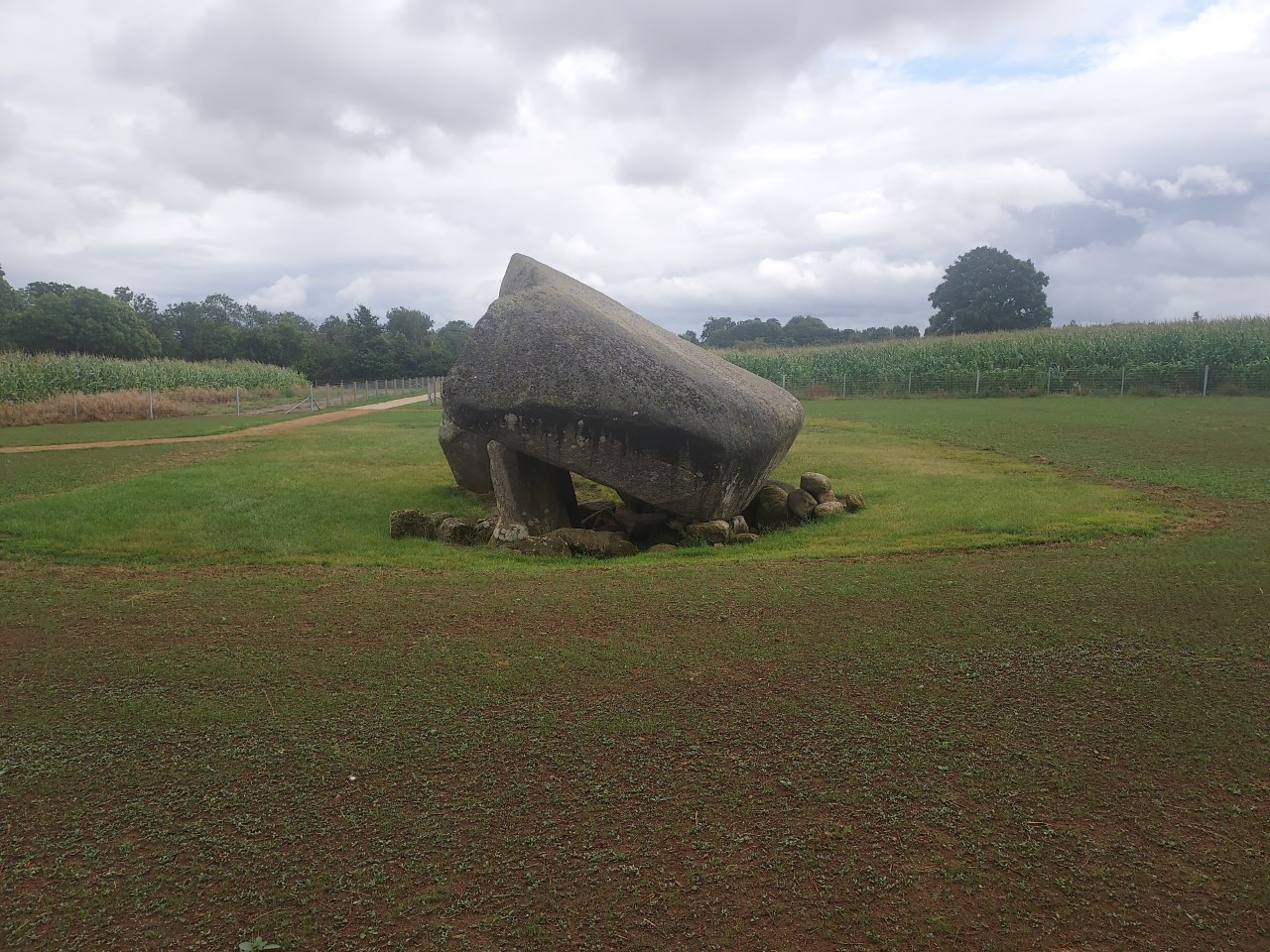

At Brownshill both portal stones and the gate-stone are nevertheless in situ the capstone lies on top of the portals and gate-stone and slopes to the ground away from the entrance. Find the travel option that best suits you. Brownshill Dolmen is a very large megalithic portal tomb situated 3 km east of Carlow, in County Carlow, Ireland. Choose from more than 38 properties, ideal house rentals for families, groups and couples. The capstone is idea to were protected with the aid of an earthen mound and a gate stone blocked the entrance. The cheapest way to get from Brownshill dolmen to Dublin costs only 12, and the quickest way takes just 1 hour. Explore a selection of Brownshill Dolmen, Carlow vacation rentals, including cottages, cabins & more bookable online. It is prominent for the flanking of its burial chamber with two big upright stones orthostats assisting the granite capstone roof of the chamber. Known because the Kernanstown Cromlech, sometimes spelled as Browneshill Dolmen, it's miles sited on the former estate house of the Browne circle of relatives from which it takes its call. The Brownshill Dolmen is a popular stop-off for locals and visitors alike but had been closed to both since last November while access works took place. Select an option below to see step-by-step directions and to compare ticket prices and travel times in Rome2rios travel planner.

The tomb is listed as a National Monument. There are 2 ways to get from Galway to Brownshill dolmen by train or car. Its capstone weighs an estimated 150 metric tons, and is reputed to be the heaviest in Europe. The tomb is listed as a National Monument. Brownshill Dolmen (Dolmain Chnoc an Bhrnaigh in Irish) is a very large megalithic portal tomb situated 3 km east of Carlow, in County Carlow, Ireland. It's capstone weighs an anticipated 100 metric lots, and is reputed to be the heaviest in Europe. Brownshill Dolmen is a completely large megalithic portal tomb situated 3 km east of Carlow, in County Carlow, Ireland. Brownshill Dolmen is a magnificent granite capstone, weighing about 103 tonnes, has excited the interest of historians and antiquarians for centuries.


 0 kommentar(er)
0 kommentar(er)
